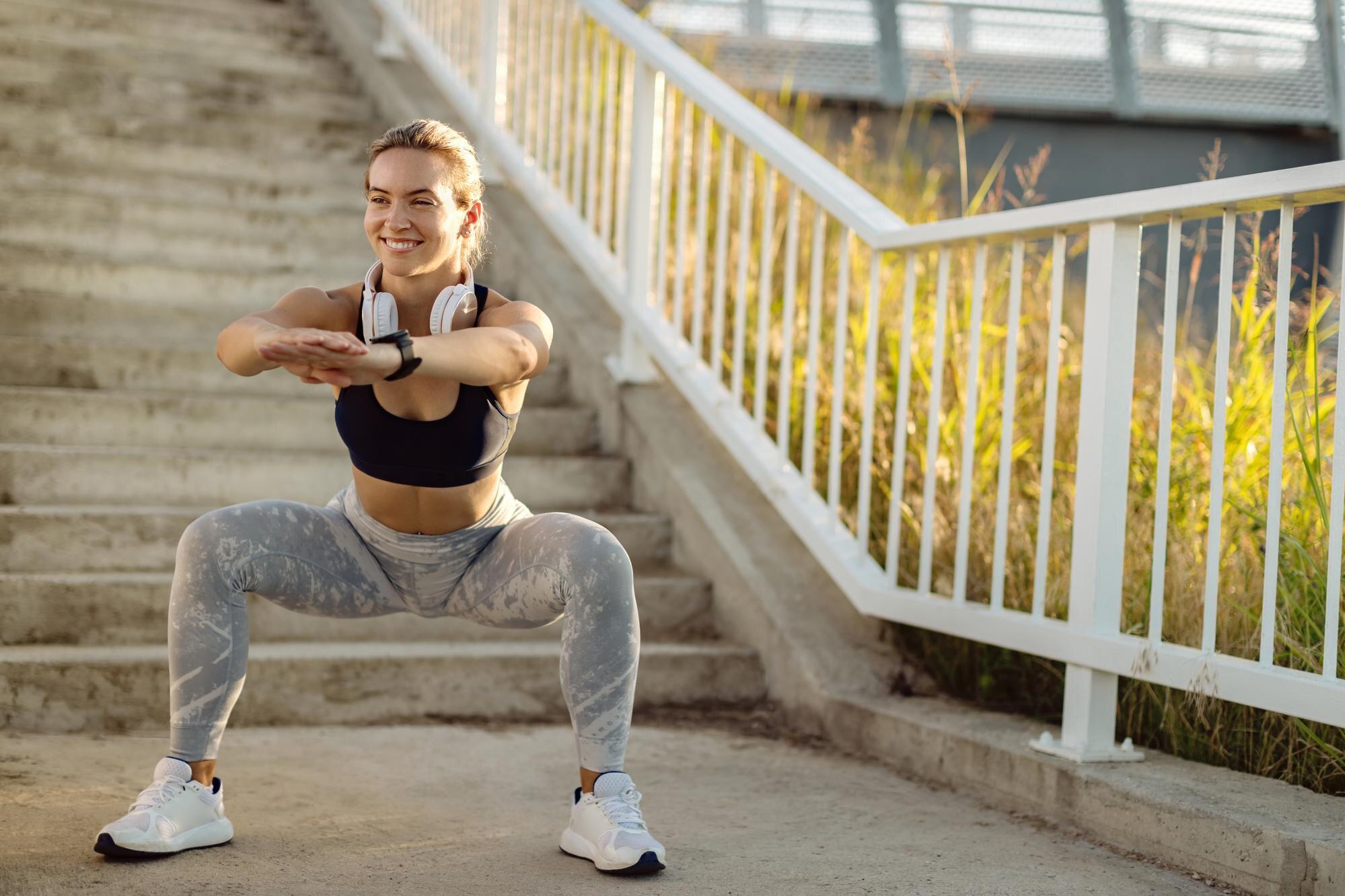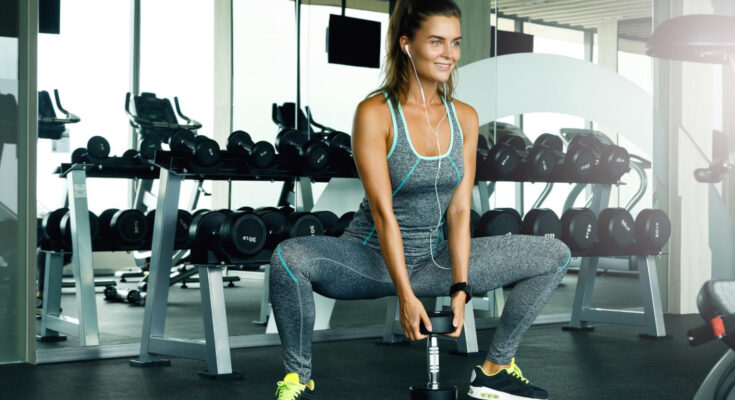Experts told us what a plie squat is, why and how to do it correctly.
- What is this
- What muscles work?
- Contraindications
- Technique
- Expert commentary
Mikhail Ryazantsev, PhD, surgeon, orthopedic traumatologist, European Medical Center (EMC);
Daria Arkova, XFIT expert and author of the video in this article.
What is a plie squat
The plie squat is an exercise in which legs are wider than shoulder-width apart, toes and knees are turned outward. In this position, squatting occurs due to flexion of the knee joint and abduction of the pelvis. Plie is a ballet term for an identical dance movement.

Plie squats: what muscles work

The plie squat is not a basic exercise, but it is a useful exercise that can be used to diversify your workout. Research has shown that compared to classic plie squats promotes greater load on the long adductor muscle located on the anteromedial surface of the thigh (1).
The exercise is useful for both men and women. It intensively loads the gluteal muscles, and due to the rotation of the legs, the inner surface of the thigh is also activated, which is rarely used unless there is an additional sports load. Such strength exercises affect not only the muscles: thanks to the inversion position, the range of motion of the knee joints increases. If you perform plie squats correctly, over time, flexibility and mobility in your legs will noticeably increase.
Contraindications to plie squats
Orthopedic traumatologist Mikhail Ryazantsev recalled that the muscle corset is very important for the body, especially for the lower extremities: “After receiving an injury, the muscles quickly weaken: we begin to use the damaged area of the body less due to pain and other unpleasant symptoms.
Main contraindication for plie squats – the acute period of injury, the early postoperative period, as well as inflammatory processes in the muscles and tendons that are involved in performing this exercise.
During plie squats, a large load falls on the knee joints. Therefore, changes in the cartilage of the patella or femur, chondromalacia (history of softening of the cartilage) and arthrosis – are also contraindicated for performing the exercise. These conditions can exacerbate pain during exercise.”
Plie squat technique
To do a proper plie squat, you need to stand straight with a straight back, place your feet about twice as wide as your shoulders, and point your toes away from you. Your hands can be placed on your belt or clasped in front of your chest. When you have secured a stable position, begin to move your pelvis back, keeping your back straight, and gradually bend your knees. They should be directed towards the toes and not curl inward. If this happens, your joints may lack mobility. In this case, place your feet narrower and gradually increase the space between your feet with each new workout.
In the future, you can try to do exercises with weights, holding in your hands dumbbells or kettlebell of suitable weight.
If you find yourself far from the gym, on vacation or at home, and the only equipment you have at hand is various elastic bands, you can do a plie squat in this version:
Strength training must end stretching to prevent muscle shortening, relieve pain, increase flexibility, and reduce the risk of injury (2).




